LED(Light Emitting Diode) lights are a popular light source because of their energy efficiency, long-lasting, and produce little heat compared to incandescent light bulbs.
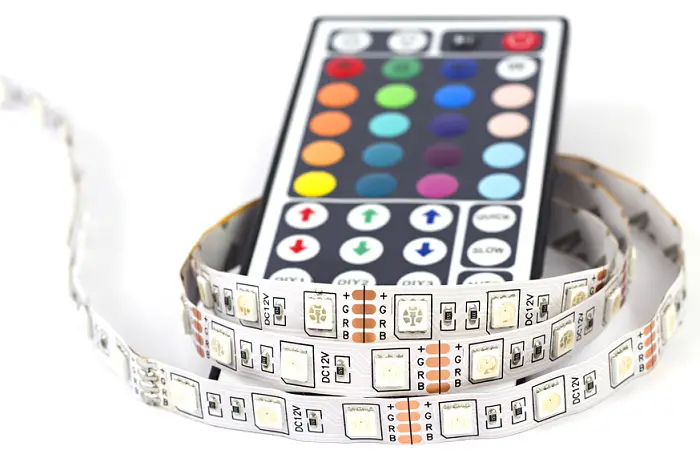
However, it is important to understand that like any electronic device, LED lights do generate heat energy.
In this article, we will explore the factors that can affect how much heat LED lights produce and discuss some considerations for using LED lights safely.
LED strip lights and what they are made of

LED strip lights are a popular and energy-efficient lighting solution that can be used in a variety of settings, including homes, offices, and commercial spaces.
They are typically made up of a flexible circuit board with a series of LED chips mounted onto it, as well as a protective coating and a backing adhesive.
LED strip lights are designed to produce a high level of light output while generating minimal heat, making them an energy-efficient alternative to traditional incandescent bulbs.
When compared to incandescent or fluorescent bulbs, LED lights can convert more electrical energy into light energy.
To dissipate the heat production by LED strip lights, some manufacturers include heat sinks or other cooling elements in the design of the strip light.
In addition, it is important to follow the manufacturer’s installation guidelines and not overload the strip lights by using too much current.
Do LED strip lights get hot
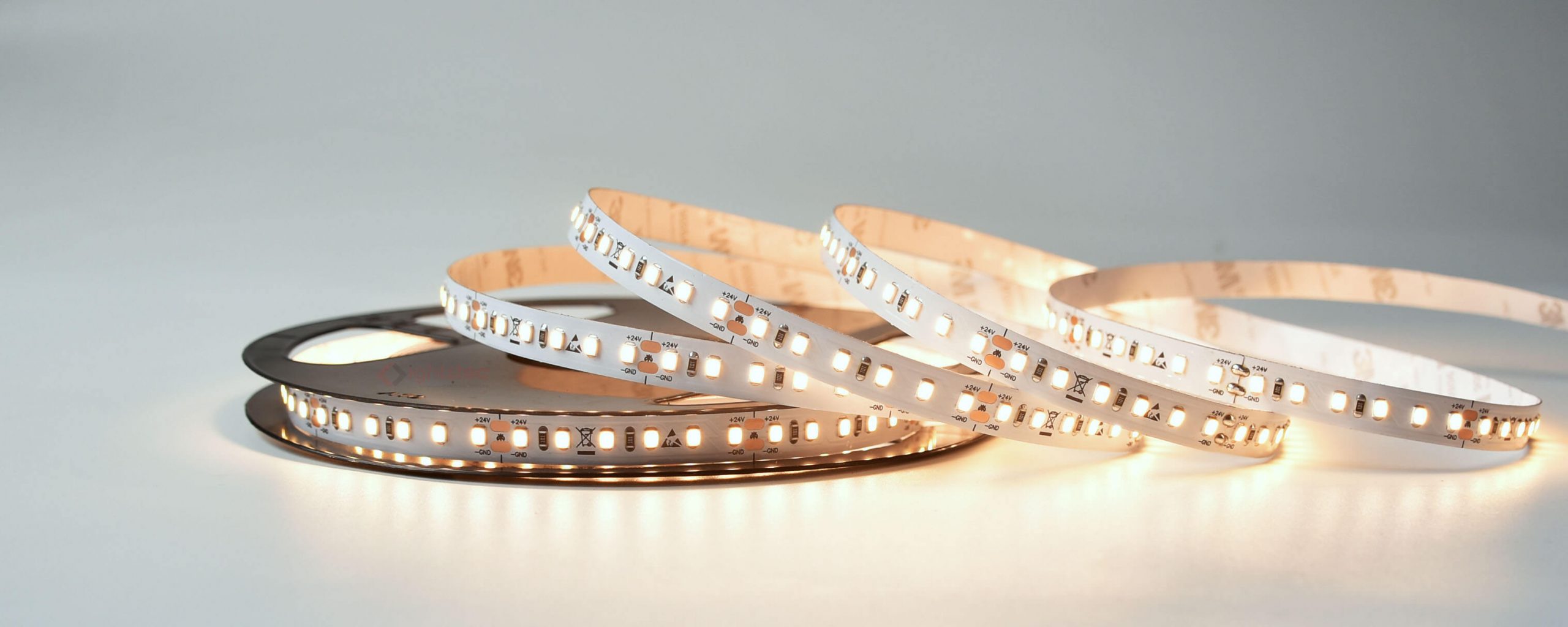
LED light strips do generate some heat, as all electrical devices do. Yet, LED bulb is less prone to heat in comparison to traditional incandescent bulbs.
The heat is typically generated by the LED chips themselves, as well as the power supply and other components within the strip light.
The amount of heat generated by an LED strip light can depend on a variety of factors, including the size and quality of the LED chips, the length of the strip light, and the amount of current running through it. LEDs emit heat when they convert too much electrical energy.
Poor quality or damaged components

One reason that LED strip lights may get hot is due to poor quality or damage. LED strip lights are made up of small individual light bulbs that are soldered onto a flexible circuit board.
Cheap LED strip lights have low heat dissipation making it easy for the LED strip lights get hot. When you buy LED strip lights, make sure that LED bulbs or circuit boards are of good quality.
Additionally, if the strip lights are damaged in any way, such as being cut or bent too sharply, it can cause a short circuit, which can lead to heat generation.
Incorrect installation

Most LED lights are designed to generate minimal heat, but if you install LED strip lights incorrectly, it can cause them to overheat.
For example, if the LED strip lights are not properly spaced out, or if they are placed too close together, this can cause them to generate more heat than they were designed to handle.
In addition, if the LED strip lights are placed in an enclosed space, such as behind a cabinet or in a small enclosed area, this can also cause them to generate more heat than they can dissipate.
Proper installation is crucial for ensuring that your LED strip lights do not get too hot. This includes ensuring that the lights are spaced out correctly, that they are placed in a well-ventilated area, and that they are not covered or enclosed in any way.
Overdriving the LED strip lights
Overdriving the LED strip lights refers to supplying more current to the lights than they are rated for.
This can cause the LED strip lights to produce more heat than they are designed to handle, leading to overheating and potentially dangerous situations. Overdriving the LED strip lights can also shorten their lifespan and decrease their efficiency.
It is important to ensure that the LED strip lights are properly powered and not overdriven to prevent overheating and damage.
High ambient temperature
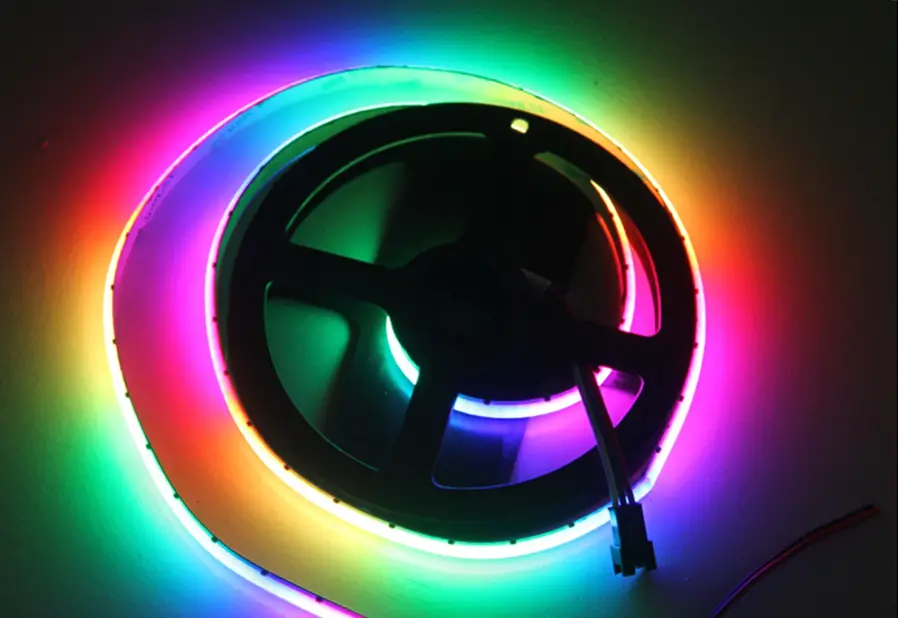
One factor that can contribute to LED strip lights getting hot is high ambient temperature.
These LEDs generate light by passing an electric current through a semiconductor material, which causes the release of photons. This process generates heat, which can build up over time if not properly dissipated.
If the surrounding air temperature is already high, the LED strip lights will have a harder time dissipating heat and may run warmer as a result.
This can be especially problematic in environments with high humidity, as the moisture in the air can trap heat and prevent it from dissipating effectively.
Lack of proper cooling
LED strip lights are a popular choice for lighting because they are energy-efficient and can be easily installed in a variety of spaces.
Nevertheless, please note that LED strip lights get hot if they are not properly installed or cooled. One reason why LED strip lights get hot is due to a lack of proper cooling.
If the strip lights are not properly cooled, the heat generated by the LEDs can build up and cause the lights to become hot to the touch. This is especially true if the light strip is installed in a tight space with poor airflow.
Using LED strip lights for an extended period
Using LED strip lights for an extended time can also contribute to their increased temperature.
LED strip lights produce heat as a byproduct of their operation, and this heat can build up over time if the strip lights are in use for a prolonged period.
Consider the length of time that the light strip will be used when determining their placement and ensuring proper cooling measures are in place.
How to prevent heat production
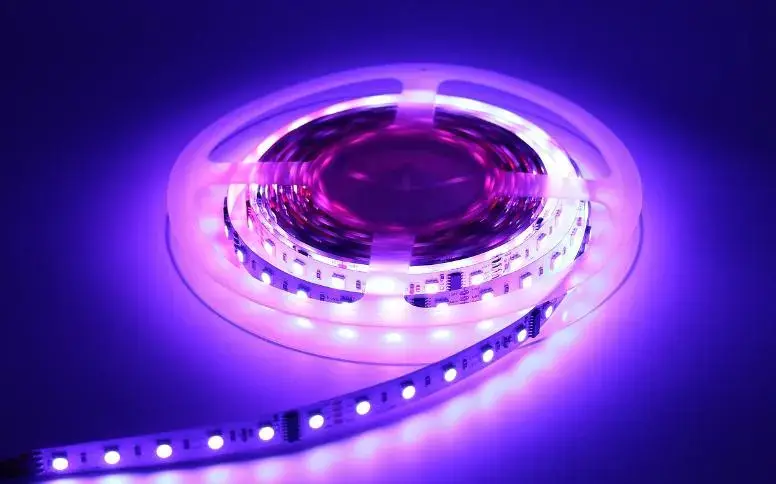
To prevent LED strip lights from getting too hot in high ambient temperature environments, it is important to use a high-quality LED strip with a good heat sink.
Here is an overview of steps to prevent heating:
Use a proper power supply
Use a power supply with the correct wattage for your the light strip. If the power supply is too weak, it can cause the LEDs to overdrive, which can cause them to get hot.
On the other hand, if the power supply is too strong, it can also cause the LEDs to get hot.
It’s important to match the wattage of the power supply to the wattage of the LED strip lights to ensure they are operating at the correct voltage.
Use a high-quality power supply to avoid any issues with overheating or other problems. Using a proper power supply is an important factor in ensuring that your LED strip light stays cool and operates at its best.
Allow for proper ventilation
Ensure that the area where the LED strip light is installed has proper ventilation, such as windows or vents. This will allow hot air to escape, keeping the LED strip light cool and preventing them from overheating. Poor ventilation requires to use a heat sink or any other cooling device.
Furthermore, the LED strip lights mustn’t be covered by any materials, such as insulation, since this might trap heat and cause the lights to become hot.
Use a cooling device
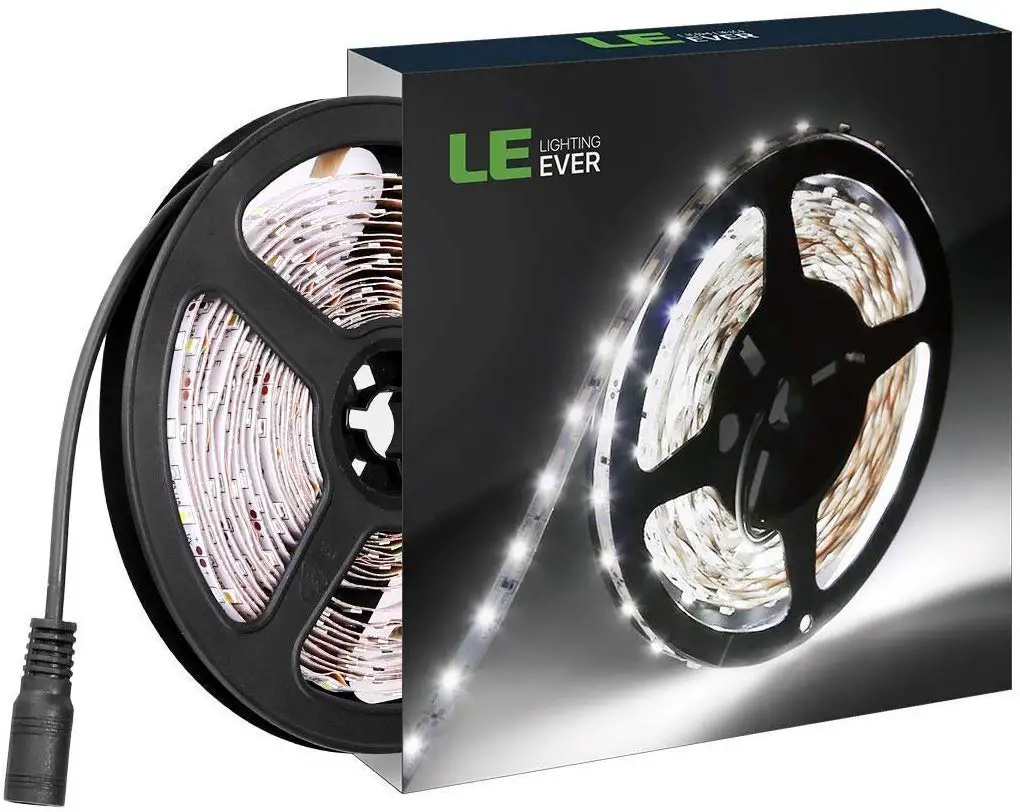
It may be necessary to use additional cooling methods, such as a heat sink or fans depending on how much heat strip lights are generating and if it’s used for extended periods.
Using a cooling device is another way to prevent LED strip lights from getting hot. Aluminum heat sink can be attached to the back of the LED strip or mounted in a separate location nearby to dissipate heat away from the LED lights.
These devices can be passive, such as a heat sink or a metal plate, or they can be active, such as a fan or a water cooling system.
A heat sink is a good solution for situations where the LED strip lights are being used for an extended time or in a high ambient temperature environment.
Conclusion
In conclusion, light strips are generally designed to operate at a lower temperature compared to other types of lighting such as incandescent light bulbs.
However, some LED strip lights get hot, especially if they are being used for an extended time, are of poor quality or are damaged, are improperly installed, are overdriven, are exposed to high ambient temperatures, lack proper cooling, or are used without a proper power supply.
There are ways to prevent LED lights from getting hot, such as using a proper power supply, allowing for proper ventilation, using heat sinks, and ensuring that the LED lights are of good quality and are properly installed.
By following these tips, you can enjoy the benefits of LED strips without having to worry about them overheating.
FAQ
Is it OK to leave LED strip lights on all night?
It is generally okay to leave LED strip lights on all night, as long as they are not generating excessive heat or causing a fire hazard.
To be safe, it’s always a good idea to use electrical devices according to the manufacturer’s instructions and to take extra care if you plan to leave them on for an extended period.
Why are my LED light strips so hot?
LED light strips can get hot for a variety of reasons, including poor quality or damaged components, incorrect installation, overdriving of the lights, high temperatures, lack of proper cooling, and using the lights for an extended time.
Do LED strips need cooling?
LED strips do not necessarily need cooling, but if they are generating a significant amount of heat, it is important to address the issue to prevent potential damage or safety hazards.
